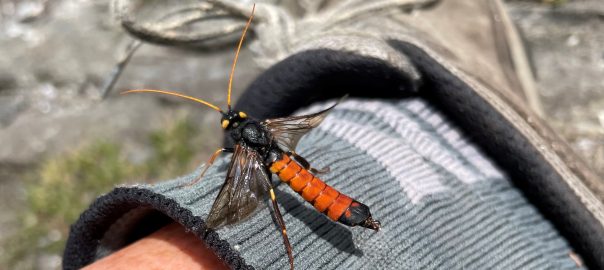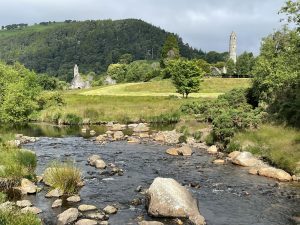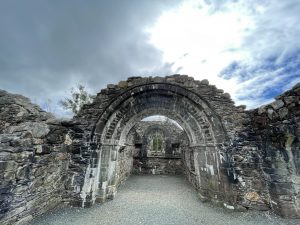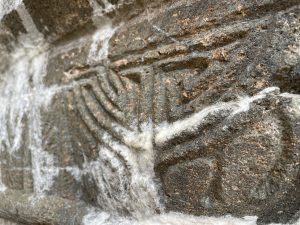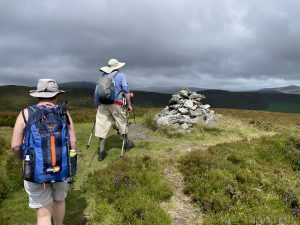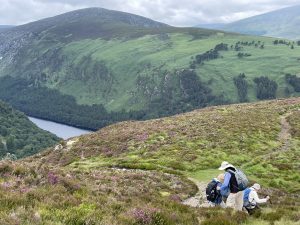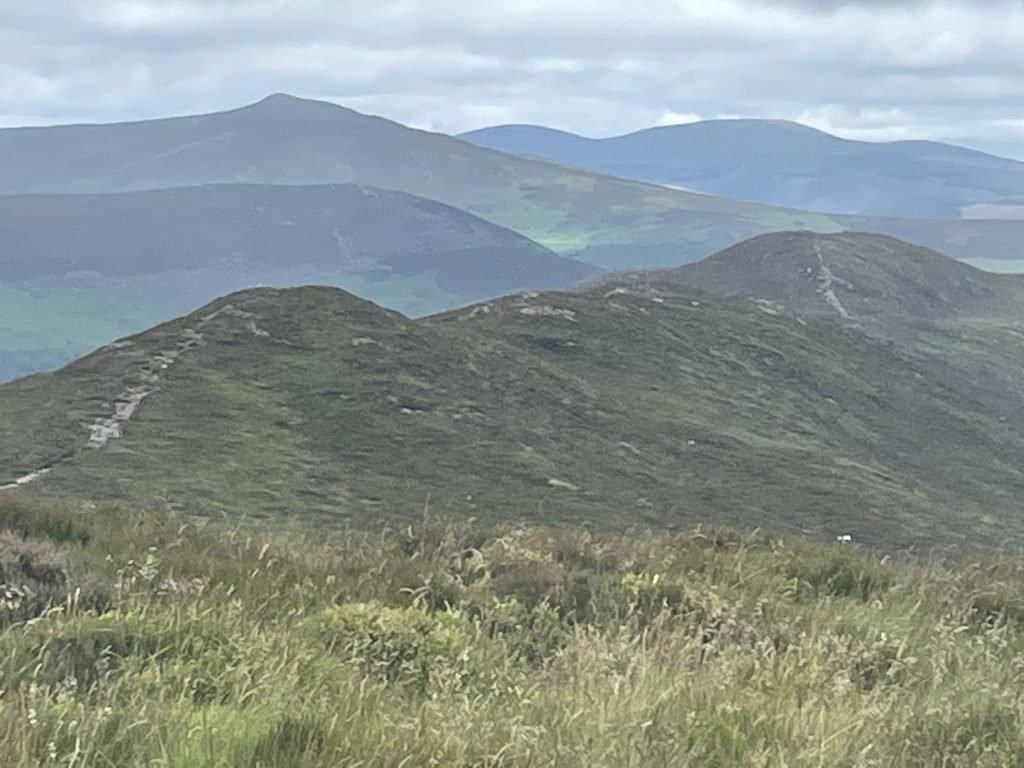Ireland day 0284. Saturday 09 July 2022- Insects
| Today’s summary | A circuit in the Wicklow Hills with the DWC. Anticlockwise loop from Glendalough to Cullentragh then back via the Derrybawn ridge. Quite warm and humid which brought out the insects, but cool breeze on the tops kept them at bay higher up. Nice not to be freezing cold for once! | ||||
| Today’s weather | Mild and mostly dry though a light shower early afternoon. Bright with occasional sun. Very light westerly wind. About 21C in the valley | ||||
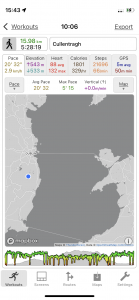 |
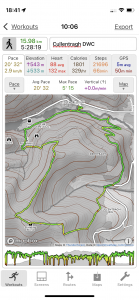 |
||||
| Today’s overview location (The blue mark shows the location of our route) |
Close-up location (The green line shows where we walked) (Click button below to download GPX of today’s walk as recorded, or see interactive map at bottom with elevations corrected): Cullentragh DWC |
||||
Commentary
I was a bit worried that now the weather has turned warmer, at last, I would have nothing even vaguely meteorological to complain about. But fortunately a solution presented itself today in the form of insects.
The occasion was a walk with the Dublin Walking Club from Glendalough. The aim was to complete a modest circular hike, up Cullentragh – a small summit to the south of Glendalough – then looping back to the valley via the Derrybawn Ridge (we had walked this ridge some months ago, also with the club, on the way back down Mullacor).
Despite the long evenings at this time of year, we had an early start (10am) scheduled from Glendalough, not to avoid running out of daylight, but rather so that it would be possible to get somewhere to park – it’s very busy at Glendalough on summer weekends. So I was up early this morning (ugh), then picked up a friend in Portmarnock and together we drove down to the Wicklow Hills bright and early. Luckily, the M50 was clear so we got to Laragh – just down the valley from Glendalough – it time for a good cup of coffee and a rather nice cream scone, before driving the remaining five minutes up to the car park and the start of the walk.
Even though we were there before 10 am, the car park was already beginning to fill up (and by the time we got back to the cars in the evening it was rammed). Once we had got our kit together and our boots on, it was then that the insects put in their appearance – or if not actually appearing as such but by making their presence known by biting us enthusiastically. It turns out that Irish midges are every bit as vicious – and invisible – as their Scottish cousins, and the only real solution (unless you like spraying yourself with chemicals) is to walk briskly so they don’t have time to land on your skin and bite you.
So we set off smartly, and didn’t really hang around – apart from to drop in to take a look at St Saviours Chapel – until we were above the tree-line, where the breeze picked up a bit and the pesky insects were blown away. But sadly not before the midges had been joined by even worse creatures – horseflies – which as well as causing painful itches, seem to manage to suck large amounts of blood out of you too.
Fortunately, as we got higher up, the wind rose a bit and the humidity dropped, which seemed to see off most of the insects except for a rather spectacular orange and black thing which landed on my boot when we were having lunch. You can see it in the banner image at the top. None of the party knew what it was, though I was able to send a photo to a former colleague at the natural history museum in London – an expert entomologist – who immediately identified it for me as a Giant Wood Wasp, Urucerus gigas. They live in pine woods and despite their vicious appearance, don’t sting. The one that found my foot was a male. So now you know.
We lingered up on the hills and didn’t rush back down, as we knew it would be midgy in the valley and anyway we still had plenty of time. Eventually we did make the descent, to be greeted by hordes of midges but more noticeably by literally thousands of visitors. The Glendalough valley was absolutely mobbed. So we hot-footed it back to the cars and drove down to Roundwood, where we reconvened in a rather nice pub for refreshments (non alcoholic, unfortunately, for the drivers), before returning to Dublin.
So despite having the insects to contend with, overall I’m really enjoying the milder climate at the moment and am definitely not going to start wishing for the return of cold wet windy weather to dispel these pesky six-legged airborne visitors.
Today’s photos (click to enlarge)
Interactive map
(Elevations corrected at GPS Visualizer: Assign DEM elevation data to coordinates )
Max elevation: 509 m
Min elevation: 129 m
Total climbing: 779 m
Total descent: -780 m
Total time: 05:28:16
